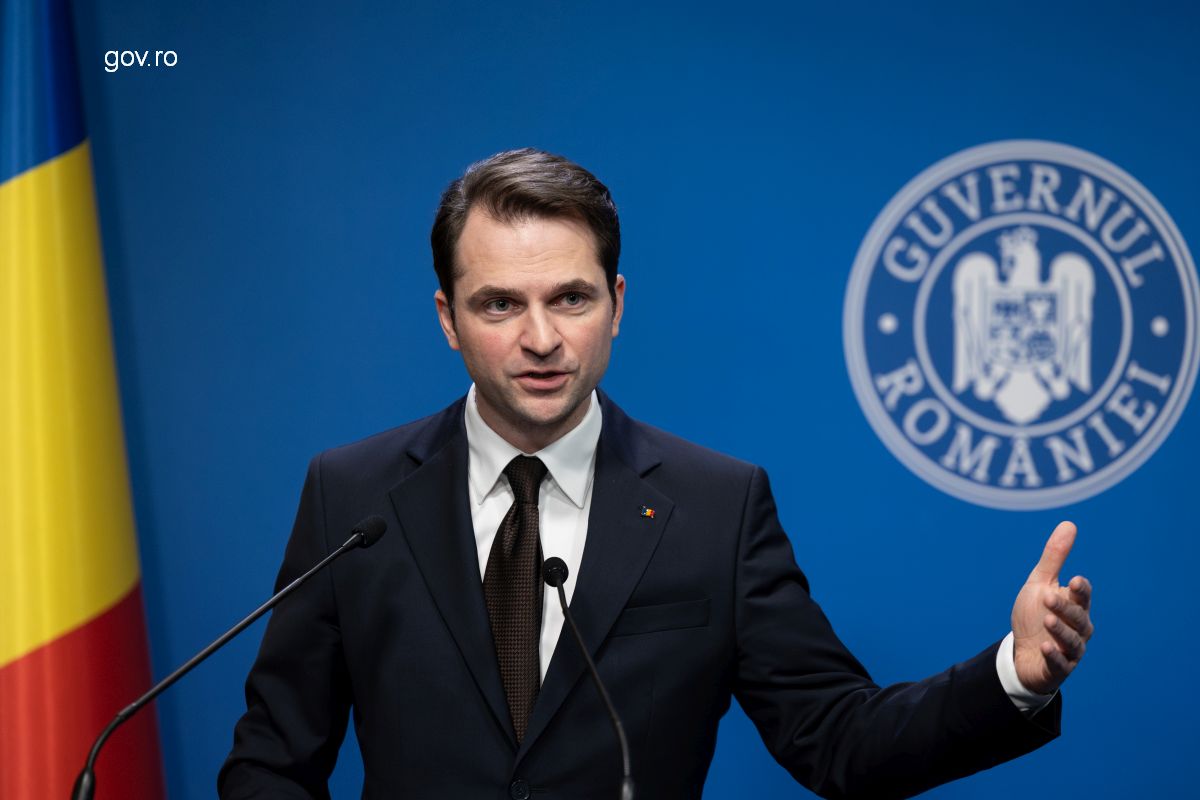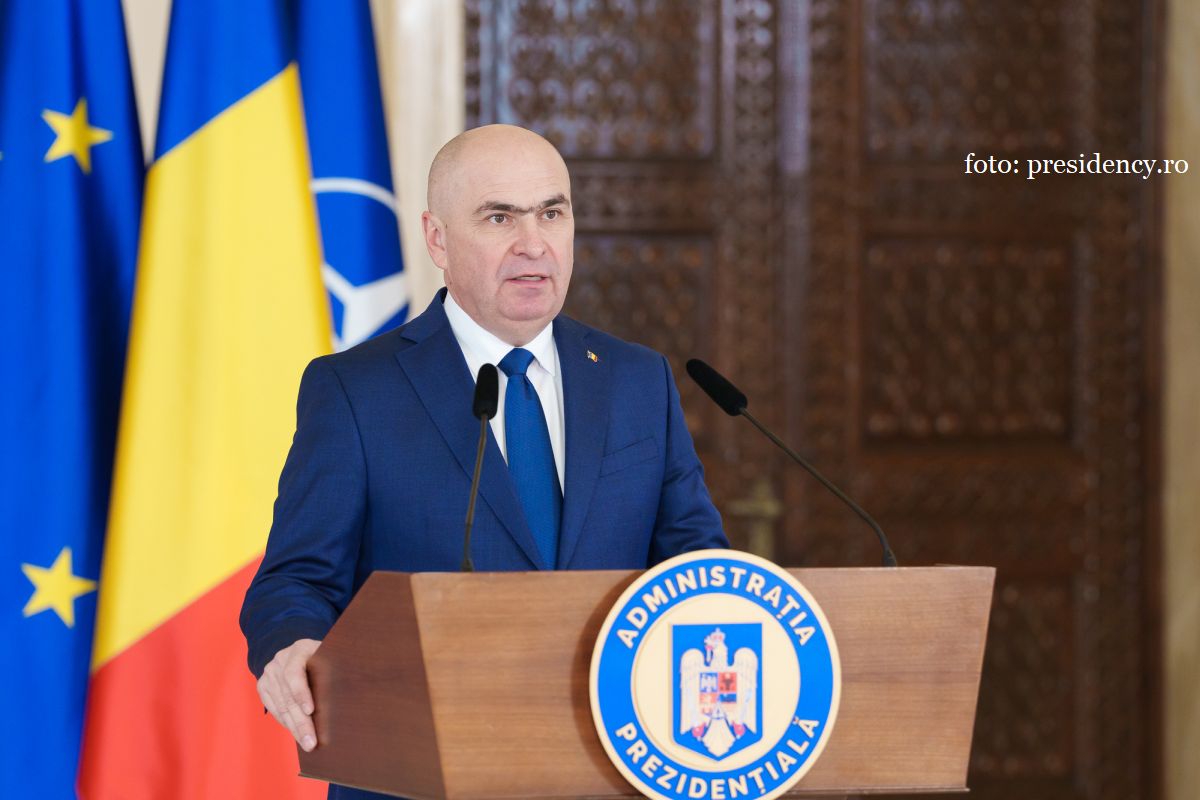A New University Year in Romania
The 2023-2024 university year kicks off for 450 thousand Romanian students

Mihai Pelin, 02.10.2023, 14:00
A new university year
kicks off in Romania on Monday with the same old pending issues: school dropout,
underfunded education, the shortage of means and proper equipment.
Accommodation in student hostels is yet another issue under discussion. Many students
have complained about the inappropriate accommodation facilities and preferred to
rent apartments instead.
According to one of the professors,
funds are provided depending on the number of students, so the higher the number
of students the larger the funding a university gets. The measure is forcing universities
that usually don’t have too much choice in terms of funding sources, to allow all
students to pass exams, even those who have a poor level of education. Because
if you eliminate students, you’ll eventually run out of funds.
The Bucharest-based University
of Medicine and Pharmacy Carol Davila this year boasts roughly 13,500 students
and the new generation of students will symbolically
bear all throughout their years of study the name of neurologist Ovidiu
Alexandru Băjenaru, a leading figure of the Romanian and international
medicine. The National University of Polytechnic Science and Technology in
Bucharest will this year have 40 thousand students and 2,000 professors. A
former merger with the University in Pitesti, southern Romania, the institution
kicks off the new university year under a new name, the National University of
Science and Technology.
The 2023-2024 university year is also
a new chapter in the life of the National University of Theatrical Art and
Cinematography IL. Caragiale also known as UNATC, a new stage in its
development as a higher education institution.
This moment marks the opportunity to reflect
on its objectives and values, to focus on attaining excellence, to celebrate
diversity and the contribution of every community member, a UNATC communiqué says.
A new university year has also
started for the higher military education institutions such as the Military
Technical Academy ‘Ferdinand I’ also in Bucharest. The
institution has over 1,000 students, out of which 300 freshmen.
The Polytechnic Institute
was the most sought after university this year followed by the Faculty of
Automation and Computers and of course the Medicine University Carol Davila. At
present Romania boasts 53 accredited state universities and 33 private ones but
the number of students drops every year as many high-school graduates go to
study abroad. We must not forget though that between 2010 and 2021, the
education law has got 117 amendments in a system known for its lack of
coherence and consistency. And in terms of education funding, Romania lags
behind almost all the other European countries. This year, Romania’s education
system has been allotted 3.2% of the GDP, an extremely low amount, which is
unable to satisfy its present needs.
(bill)






























